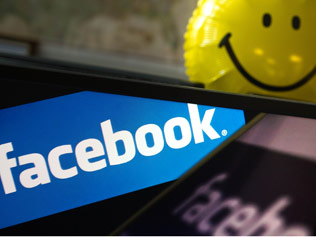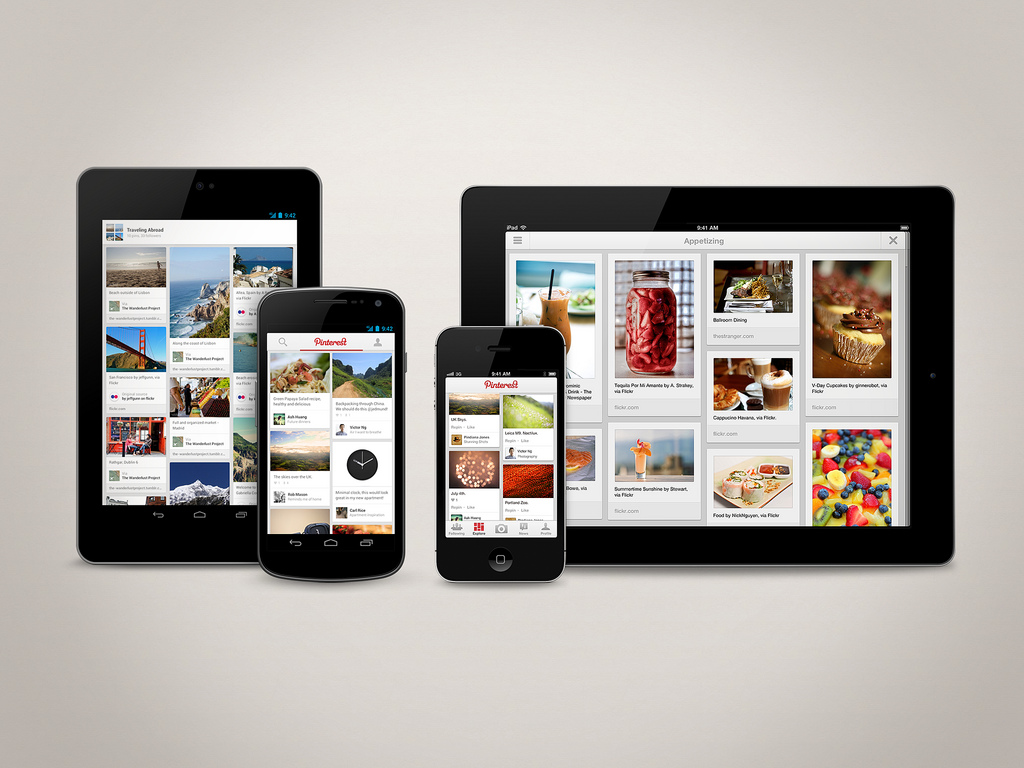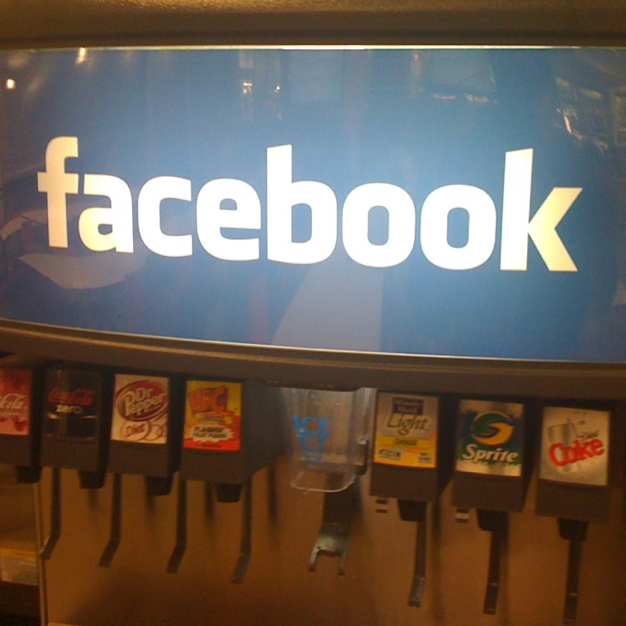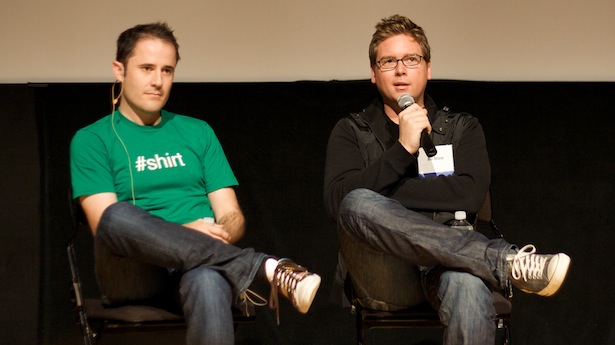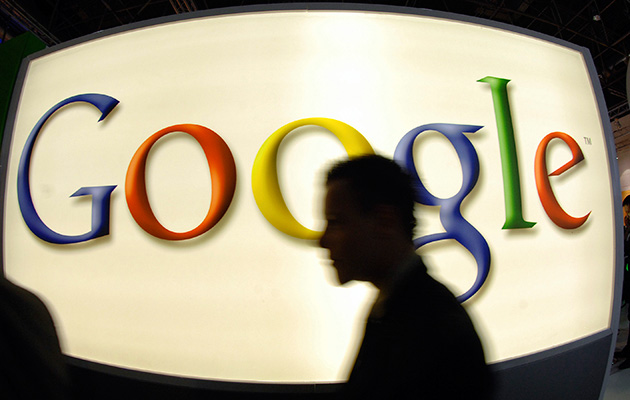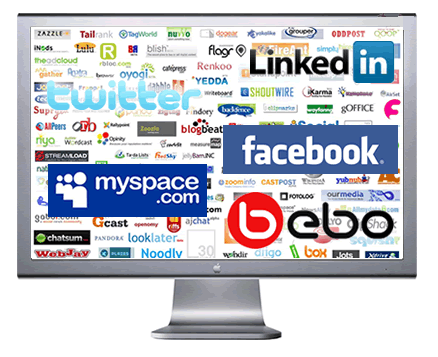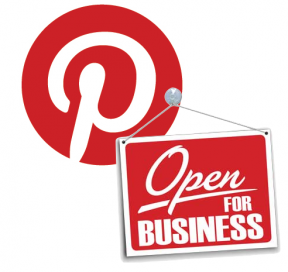Since Facebook has never had trouble driving traffic to their network, one of their main concerns has been driving traffic to apps that function with Facebook, be they on mobile platforms or on Facebook itself. Last week, they announced a new feature that they hope will drive more traffic to apps, essentially giving advertisers better results with them. The new option has to do with the sharing of content from various apps to a users Facebook page and their friends’ News Feeds. In their official announcement of the new feature, Facebook describes it as, “building user intent into the Open Graph.”
The Open Graph was built so that users could express their unique interests through the apps that they were using. Just like any new feature, improvements will be made shortly following release, and that is just what Facebook has done now. Now, when users share information about the apps they are using, it will appear as if they posted to Facebook themselves, instead of the automatic app posts that used to appear. Facebook calls this an “explicitly shared parameter.” Users will have more freedom in what they do and do not share when using apps connected to Facebook in some way.
Facebook wrote in their official announcement,
We expect this change will drive more traffic to apps that people use to proactively share content to Facebook and result in no significant impact for all other types of apps. Explicitly shared actions are eligible to appear as stand-alone stories in news feed and they’ll appear consistently on the left side of a person’s timeline. All other activity will continue to appear in ticker, trending units and aggregations in news feed, and in recently activity and aggregations on timeline.
These new sharing freedoms are optional for developers, and they apply more significantly to a few certain sharing situations. These include sharing a user generated photo, sharing location through checkins or routes, and sharing user generated messages. Things like purchases in games, songs that are listened to, or following another user are not things that should be labeled as explicitly shared, as these are smaller actions within apps that people normally wouldn’t share on their own anyway. The function of the feature is to essentially let users share app content and information in the exact way that they want to share it, giving them more freedom to express interests through these shares.
For advertisers, more traffic is always a good thing. If this new feature brings more traffic, then it could be a big help to advertisers. Also, with more freedom in sharing, their is bound to be more sharing of content from businesses or advertisers that doesn’t usually receive a lot of shares. For users, those posts that were intended to be prominently shared will have an increased level of visibility. The new explicit sharing option will help app developers, users, and advertisers all at once, making it a pretty good move for the developers at Facebook. For app developers, Facebook has detailed the steps for implementing the feature into apps in their announcement.


